
Coincidence?
The world is a strange place, and sometimes things happen that are so outlandish that it seems impossible for them to be true. From Disney park guests to U.S. presidents, no one is immune to bizarre, unbelievable coincidences. If not from the following stories, take it from the 8 most bizarre historical coincidences.

True Disney magic
In the early 2000s, soon-to-be-married couple Alex and Donna were looking through old photos to put in their wedding video. They happened upon one of Donna and her siblings posing with Peter Pan‘s Smee on a childhood trip to Disney World in 1980. But there was something shocking in the background of the photo—or someone, to be exact. It was Alex, being pushed in a stroller by his father. Until that moment, the couple had had no idea that they’d been at Disney World at the same time as kids, long before they knew each other—let alone in the same photo! In 2010, they returned to Disney World to recreate the photo with their own children.

Biblical Shakespeare
The seemingly meaningless sentence “Here was I like a psalm” is an anagram for “William Shakespeare”; they consist of the same letters and only the same letters. But…is it meaningless? The 46th word in Psalm 46 in the King James Bible is “shake,” and the 46th word from the end is “spear.” William Shakespeare’s age when the King James Bible was first completed, in 1611? Forty-six years old. Did you know that these expressions we use all the time were actually coined by the Bard?
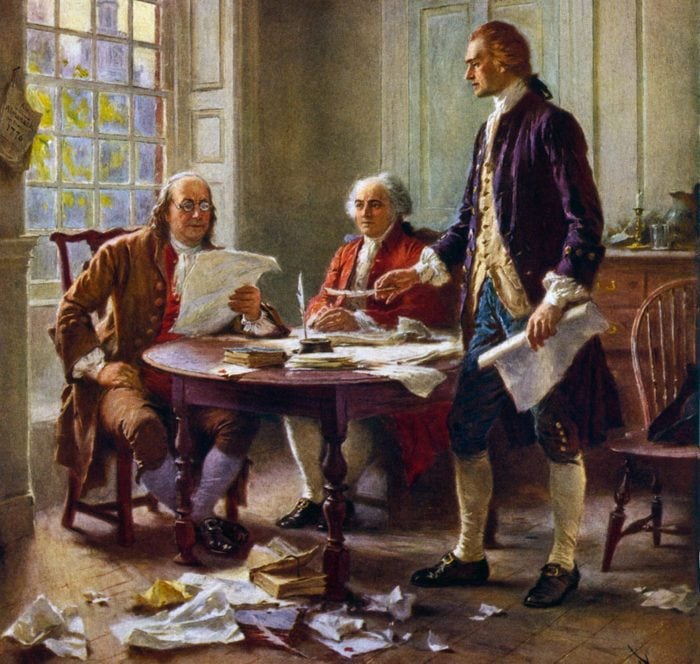
Died on the Fourth of July…
You might have come across this fact in your history class and immediately noticed its spookiness. Three of the first five U.S. presidents died on July 4, and two of those deaths were on the same July 4, within hours of each other. Friends-turned-political-rivals John Adams and Thomas Jefferson both died on July 4, 1826, the 50th anniversary of the signing of the Declaration of Independence. The fifth president, James Monroe, would die exactly five years later, on the Declaration’s 55th anniversary. So, the birthday of the country is the deadliest day for its presidents. Here are some more surprising facts about U.S. presidents you won’t believe.

Lightning strikes (more than) twice
Getting struck by lightning is a rather cliché example of a rare occurrence—but one that befell the same man four times, including after his death. The man, Major Walter Summerford, was struck three different times throughout his life…and then again, four years after it had ended when lightning hit his gravestone. Various embellishments of the tale exist—one (perhaps suspiciously) detailed account claims that the lightning strikes, including the posthumous one, happened precisely every six years—but no matter when they happened, that’s quite the odd nature coincidence.
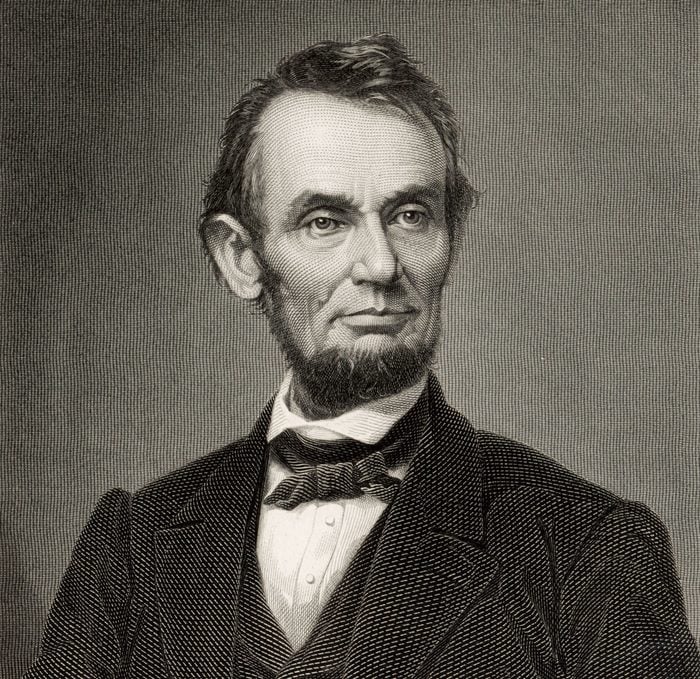
Like brother, not like brother
If you’re a history buff or a lover of creepy coincidences, you’re probably very familiar with all of the eerie coincidences between assassinated presidents John F. Kennedy and Abraham Lincoln. But there’s a lesser-known coincidence involving Lincoln’s assassination. In 1864, Robert Todd Lincoln—the son of the president—tumbled off of a train platform and was rescued by a man named Edwin Booth. Now, why does that surname sound familiar? Because, yes, mere months later Abraham would be assassinated by John Wilkes Booth, the brother of the man who’d saved his son’s life. Find out some more disturbing historical facts you never knew—including another disconcerting detail about Lincoln’s assassination.

The twins that lived virtually the same life
This is a really weird one! In 1940, a set of twin boys was put up for adoption. The boys were adopted by different families, both of whom named their sons James. The boys, both of whom ended up going by Jim, both grew up with dogs—with the same name, Toy. They also both grew up to work in security (one twin was a security guard, and the other was a sheriff). They also both divorced their first wives—named Linda—and remarried women named Betty. And finally, they both had one son, also named their sons James, and gave their sons similar middle names (Allan and Alan). And, until they were 39 years old, they’d never even met. That takes twins being “connected” to a whole new level!
Each Jim knew that he’d been born with a twin, and when they were 37 years old, one of them found contact details for his brother. They met in 1979, and that was when they learned just how similar their lives had been. And, unsurprisingly, news outlets and psychologists alike had a field day! Here are some more incredible true stories of twins separated at birth.
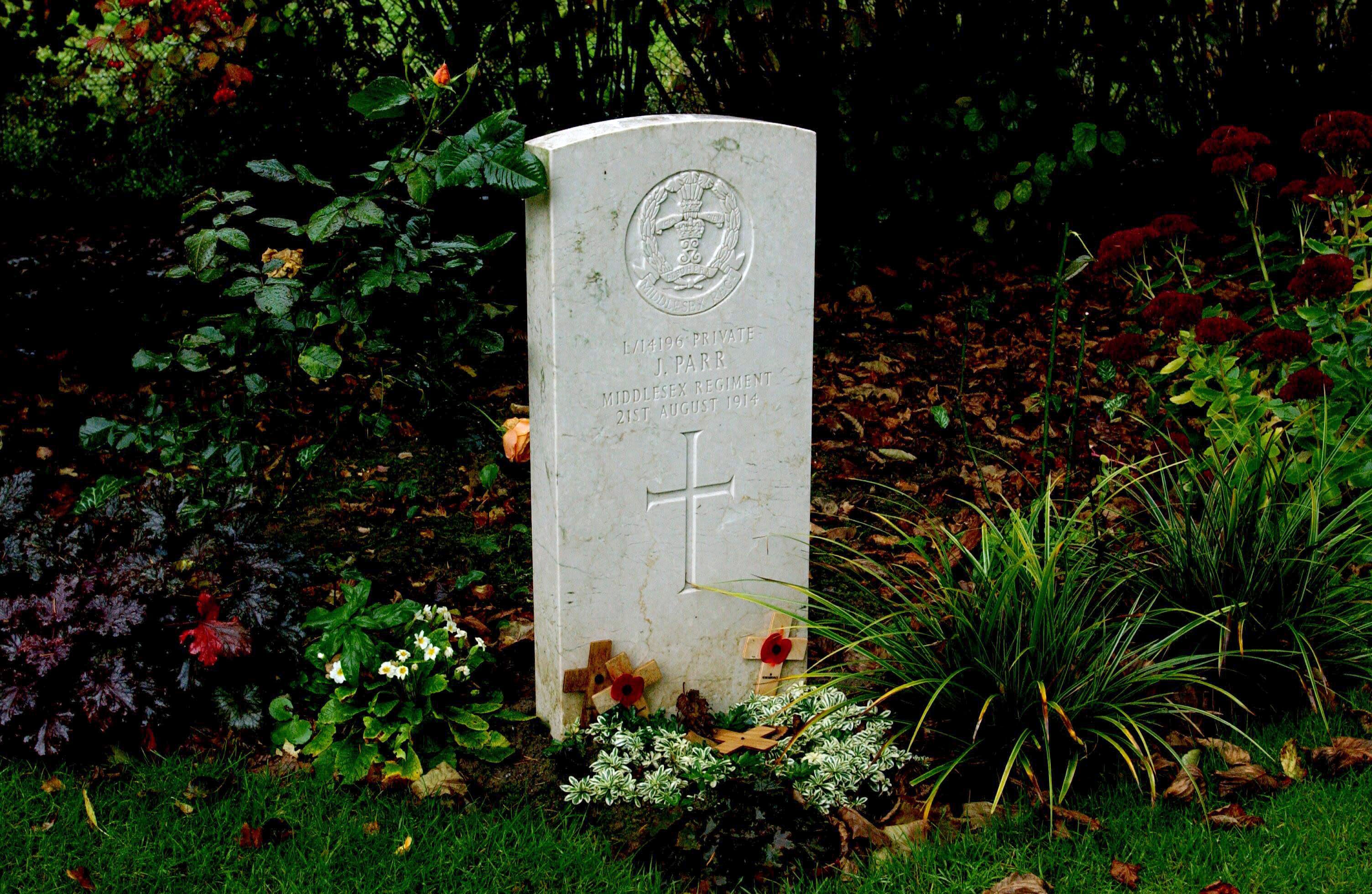
A grave coincidence
Millions upon millions of people died in the First World War, which makes this historical coincidence all the more incredible. According to The Royal British Legion, the first recorded British soldier to die in the war is buried in Belgium’s St. Symphorien military cemetery—mere feet from the grave of the last recorded British soldier to die in the war. Private John Parr died, reportedly in a German cavalry strike, on August 21, 1914. Four years of bloody combat later, George Edwin Ellison was killed at 9:30 in the morning on November 11, 1918, a mere hour and a half before the call for a cease-fire that would end the war (the armistice had been signed earlier that morning). The men were buried before their identities as the first and last to die were known. Check out some historical facts about famous wars that people always get wrong.

It all started with a balloon
Plenty of kids let go of balloons, whether accidentally or in hopes of sending a message and seeing where it ends up. This story begins just like any other like it but ends in an astonishing way. In 2001, a young girl in Staffordshire, England, took a balloon, wrote “Please return to Laura Buxton,” along with her address, on it, and let it go. The balloon traveled around 140 miles and ended up in a farm in Wiltshire, where a farmer found it—and realized the name on the balloon was familiar to him. One of his neighbors had a daughter named Laura Buxton. He brought the balloon to the Buxton family, and this Laura wrote to the first Laura’s address (which was on the balloon), explaining how she’d ended up with it. The Lauras’ parents eventually arranged for their daughters to meet.
And the strange discoveries kept coming. The Lauras discovered that, in addition to their matching names, they were also nearly the same age (one was ten, one was about to turn ten) and both had a pet black lab, a rabbit, and a guinea pig. Seriously! After the girls met, they ended up striking up a friendship and remained friends; they told their story together on a podcast in 2009. Pretty cool, right?
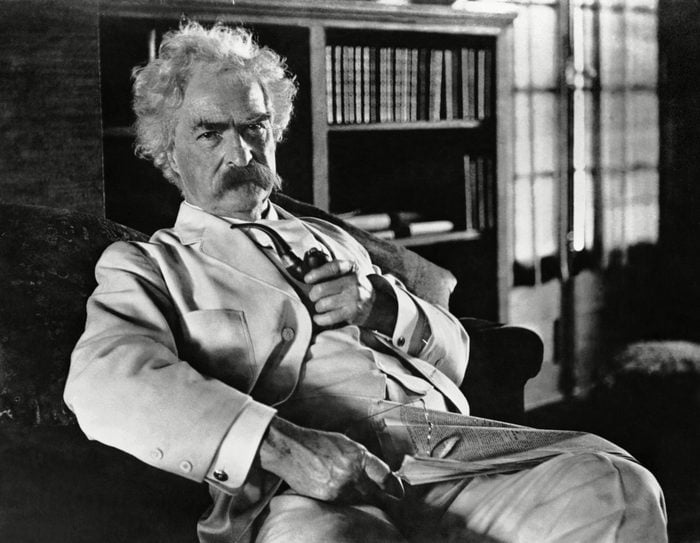
Unaccountable freaks
Great American author Mark Twain had a sharp wit, a knack for satire, and…clairvoyance? Twain (née Samuel Clemens) was born in 1835, a year when Halley’s Comet—which only passes the Earth every 76-odd years—was visible. It reappeared in 1910, the year Twain died; as a matter of fact, he died the day after it was at its brightest. This is already a fun historical coincidence, but it becomes downright astonishing when you learn what Twain said on the matter the year before he died. According to the New York Times, he said in 1909, “The Almighty has said, no doubt, ‘Now here are these two unaccountable freaks; they came in together, they must go out together,” referring to himself and the comet. And go out together, they did. And Mark Twain wasn’t the only one who made some eerily accurate predictions about the future.
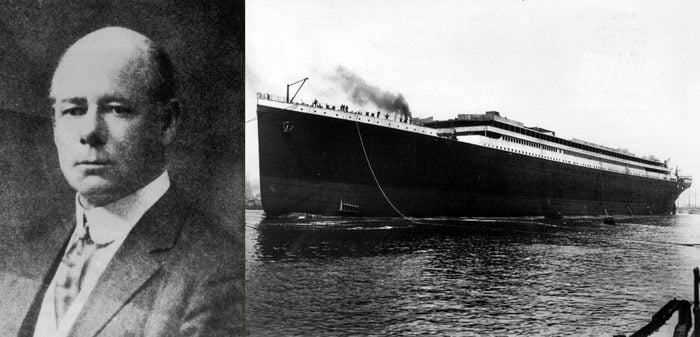
The pre-Titanic
The Titanic has no shortage of legends, coincidences, and haunting tales surrounding it. But one of the weirdest actually took place 14 years before the liner set off on its ill-fated voyage. In 1898, author Morgan Robertson wrote a novella called “Futility,” about a supposedly “unsinkable” ocean liner that did, in fact, sink. On an April night. After hitting an iceberg, no less. And perhaps creepiest of all was the novella’s subtitle: “The Wreck of the Titan.” That’s right—the fictional ship was called the Titan. One fortunate difference, though, was that in the novella, nearly all of the ship’s 2,500 passengers perished (there were only 13 survivors), while more than 700 of the 2,200-odd people on the Titanic survived. Check out some more fascinating facts you never knew about the Titanic.

Repeat hero
Here’s a coincidence that has a happier ending! In the Jiangsu province of China, in the late 1980s, a man named Xu Weifang jumped into a river near his house to save a man who was in danger of drowning. Xu and his wife, Wu Xiaomei, continued living by this very river for years to come—and good thing, too. In 2018, Xu, now 80 years old, heard someone calling for help. An eight-year-old boy who couldn’t swim had fallen into the river. Xu and his wife were able to pull the boy out of the river. But they hadn’t just completed another rescue. They soon learned that this boy was the son of the man Xu had saved 30 years ago. He’d saved a father and son, not just from death, but from the same type of death. Here are some more astonishing true stories that will change how you think about luck.

The devil’s flight
Some people are afraid of flying. Others are afraid of Friday the 13th. For anyone who falls into both categories, the airline-related occurrences of October 13, 2017, are the stuff of nightmares. On this day, Finnair Flight 666 took off as it had on many other days. It left from Copenhagen, in Denmark, and headed to Helsinki, Finland—an airport whose abbreviation is HEL. And as if that wasn’t creepy enough, it was the last journey of Flight 666, in a way. The Copenhagen–Helsinki route continued after that, but its flight number was changed to 954. So, to recap, it was Friday the 13th—in October, no less—and flight with the number 666 was taking its final flight to the destination HEL. (The flight landed safely and without incident.) We have to wonder if this was a full coincidence…or maybe the airline taking advantage of an opportunity to have a little fun. People with a somewhat twisted sense of humor will also enjoy these hilarious examples of irony in real life.

The beginning and end of a war…in one car
World War I offers no shortage of spooky coincidences! If you paid attention in world history, you might remember learning about the incident that triggered the start of the First World War: the assassination of Austrian Archduke Franz Ferdinand while he was traveling in a car. Today, that very car is on display in Austria’s Heeresgeschichtliches Museum, where visitors can see its rather astonishing license plate number.
The license plate of the car, a Gräf and Stift double phaeton, seems like something worthy of a Pixar Easter egg—it’s AIII 118. If you tweak the I’s to be the Roman numeral 1 and remove the first A, that’s 111 118—the numbers making up the exact date the armistice was signed ending World War I. November 11, 1918. If you really want to embrace full coincidental weirdness, you could include the “A” too and say it could stand for “armistice” (though Smithsonian points out that the German word for “armistice” does not begin with an A). Still, though, pretty cool. For some more mind-boggling history tidbits, check out these historical events you won’t believe happened at the same time—but did.
